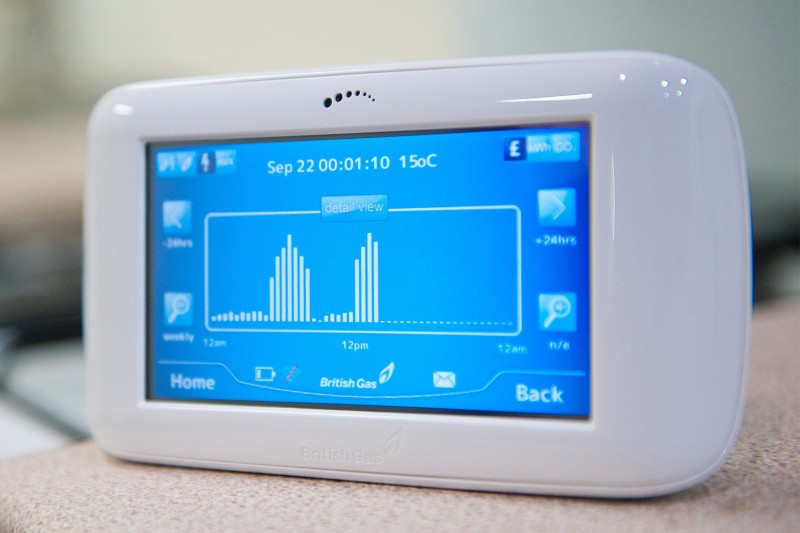Critics claim that the power grid cannot provide enough electricity for electric cars without significant and costly upgrading.
It is true that, if every combustion engine car was taken off the road and replaced with an electric one, electricity consumption would increase. It has been estimated that across the European Union, net electricity consumption would increase by 15%1. Worldwide, a total transport switch to electric vehicles would increase electricity consumption by 20%2. However, a complete 100% shift to electric power is extremely unlikely. Neither governments nor car manufacturers are anticipating a complete switch at any time over the next 40 years. Indeed, most predictions show that even by 2050, only around 60% of the cars on the road will be electric-powered.
Electricity companies and governments have investigated the likely power demand based on a number of different scenarios for electric car take-up. The results make interesting reading:
- In Germany, one million electric cars travelling an average of 10,000 km a year would require less than 1% of its current electricity capacity in order to provide sufficient energy3.
- Likewise, the UK Department for Transport claims that the UK has sufficient generating capacity to cope with the uptake of electric cars, assuming a managed charging-cycle targeted at off-peak periods (particularly at night) when there is surplus capacity4.
The study carried out by the Department for Transport does suggest that if significant numbers of owners started charging their cars during peak hours, significant investment may be required in the longer term.
- In the United States, the American grid could support 94 million electric vehicles (43% of all cars on the road) if they were all charged during the evening and overnight, or 158 million vehicles (73% of all cars on the road) with the more advanced charging techniques currently being developed5.
It is widely expected that the majority of electric cars will be charged up overnight. This coincides with the time when there is surplus capacity for electricity production. This will negate the need for investment in power upgrades. Power companies are already promoting electric car night-time charging using smart metering (see page 150) and discounted energy tariffs.
In the course of writing this book, I have spoken at length with power network infrastructure specialists in the United Kingdom, California, India and France about the impact of electric cars on the power grid. There is widespread agreement that even a significant take-up of electric cars is unlikely to cause problems in the next ten years. In the longer term, there is an expectation that a substantial take-up of electric cars and rapid charging infrastructure may contribute to increased peak demand for electricity by 2025–2030.
Smart metering
Smart meters are the next generation of electricity and gas meters, providing customers and energy suppliers with accurate information about the amount of energy being consumed at any one time and the cost of that energy.
Smart meters also allow energy suppliers to provide flexible tariffs to their customers so that electricity costs can be cheaper when demand is low and higher when demand is high. This offers consumers the choice of when they use their energy and encourages them to use energy as efficiently and as cost-effectively as possible. Many advanced smart-metering systems can also be configured to switch appliances on and off, depending on the cost of the energy.
In order to reduce the impact of electric cars on the power grid over the next few years, it is likely that electric car owners will be encouraged to install smart meters that automatically switch the cars on to charge when demand for electricity is low and therefore cheap. Owners will be encouraged to charge their cars at night-time with lower cost electricity, thereby reducing the impact of a large take-up of electric cars.
Monitoring the emissions of your own electric car
In the meantime, it is possible for you to monitor the emissions from your own electric car by monitoring the supply and demand on the power grid yourself.
The www.TheElectricCarGuide.net website includes a data feed from the UK National Grid showing the power supply mix and average carbon footprint of the electricity being generated across the UK. This information is updated every five minutes throughout the day. The site also recommends the best times of day to plug in your electric car, based on electricity demand and carbon footprint.
1 – The Future of Transport in Europe: Electricity Drives Cleaner! Eurelectric (2009)
2 – Energy Technology Perspectives 2008: In Support of the G8 Plan of Action. Scenarios and Strategies to 2050. IEA (2008)
3 – The Electrification Approach to Urban Mobility and Transport. Strategy Paper. ERTRAC. 24th January 2009.
4 – Investigation into the scope for the transport sector to switch to electric vehicles and plug-in hybrid vehicles – United Kingdom Department for Transport (2008).
5 – Electric Powertrains: Opportunities and Challenges in the US Light-duty Vehicle Fleet. Kromer and Heywood, Laboratory for Energy and the Environment, Massachusetts Institute of Technology.
2,3,4,5 – All references can be found in The Electric Car Guide 2015.
[box type=”info”] Extracted from The Electric Car Guide 2015 by bestselling author and industry expert Michael Boxwell.[/box]


